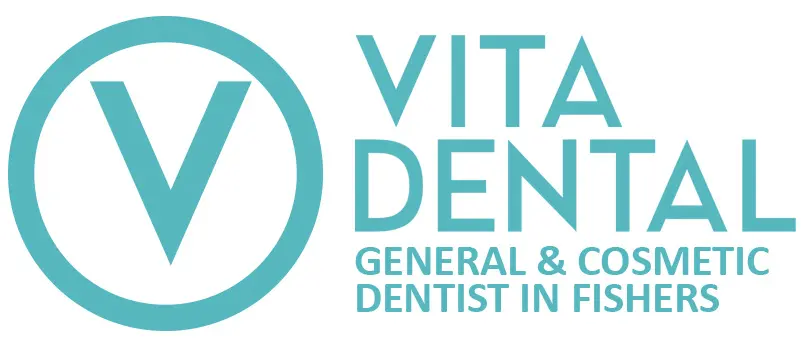When it comes to insurance coverage for dental care, you know that it is less expensive when you have it. But there are still costs associated with treatment when you have insurance, no matter which plan you choose. Terms like copay, deductible, and coinsurance can make trying to decide which plan is best for your budget more difficult. We will break down each one of these elements to help you make the most informed choice when you select your Best Life Dental Insurance plan. Copays and deductibles are ways to describe how your plan covers and how much you pay for care. Best Life Dental Insurance structures its plans with those cost-sharing measures; each one plays a very important role in balancing coverage with affordability.
A copay is a set dollar amount that you must pay at the time of your service. Many insurance plans list the copay amount at the top of all the information and details about each plan. Copay is an abbreviated version of the word copayment. Copays are straightforward, so they are easy to include in your budget when maintaining your preventative dental care. The fee for planned cleanings may be a smaller amount than the copays for a more involved dental procedure. For some of the Best Life plans, copays may not be a requirement for preventive care. In these cases, the decreased cost for regular checkups makes the appointments easier to keep and helps you avoid more costly procedures later.
A deductible refers to the specific amount you must pay on a yearly basis before your insurance starts contributing. The deductible from Best Life Dental Insurance plans usually applies to treatments like crowns, bridges, or oral surgery. Usually, preventive dental care costs are often exempt. In other words, you count on having your cleanings and exams covered by the insurance policy without meeting the deductible first. Treatments like dental crowns will need to be paid for out of your pocket 100% until you have spent a preset dollar amount. Once you reach that predetermined amount, or the deductible, your Best Life Dental Insurance plan begins to share costs. Plans have different deductibles; if you want a smaller deductible, then you may need to pay a higher monthly fee for coverage. Most often, you will find that higher deductibles may reduce what your monthly costs are, but the other side of that lower monthly cost is more upfront spending for you.
After you meet your deductible, the percentage of treatment costs covered by insurance is called coinsurance. Unlike its counterpart, copay, coinsurance is calculated as a portion of the total cost for a procedure, not at a flat rate. For example, your insurance plan covers 70% of a crown, so you would pay the remaining 30%. With Best Life Dental Insurance plans, the percentage for coinsurance depends on a few factors: whether or not the service is preventive, basic, or major.
If you have more questions about Best Life Insurance or how it could work as a part of your treatment plan to achieve better dental health, make an appointment with the dentist to see if Best Life Insurance is the best option for you.
To learn more about our insurance coverage, visit our billing page.
